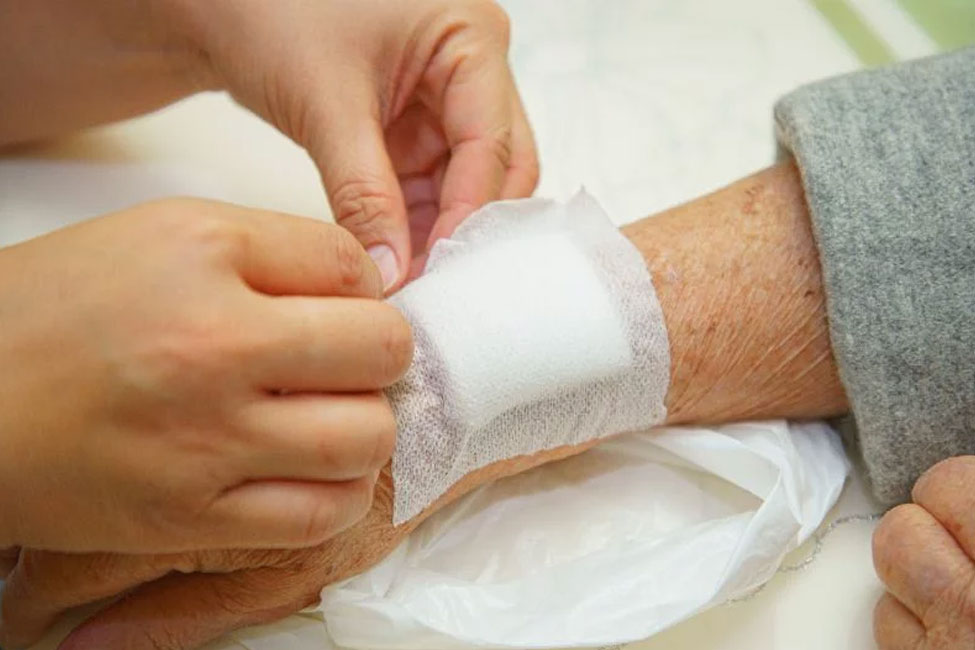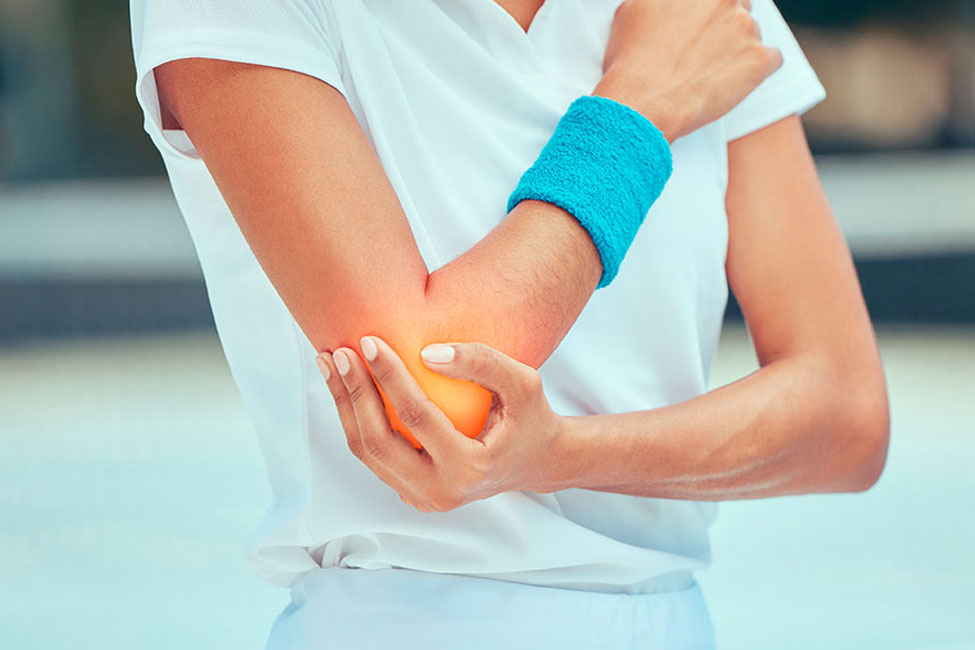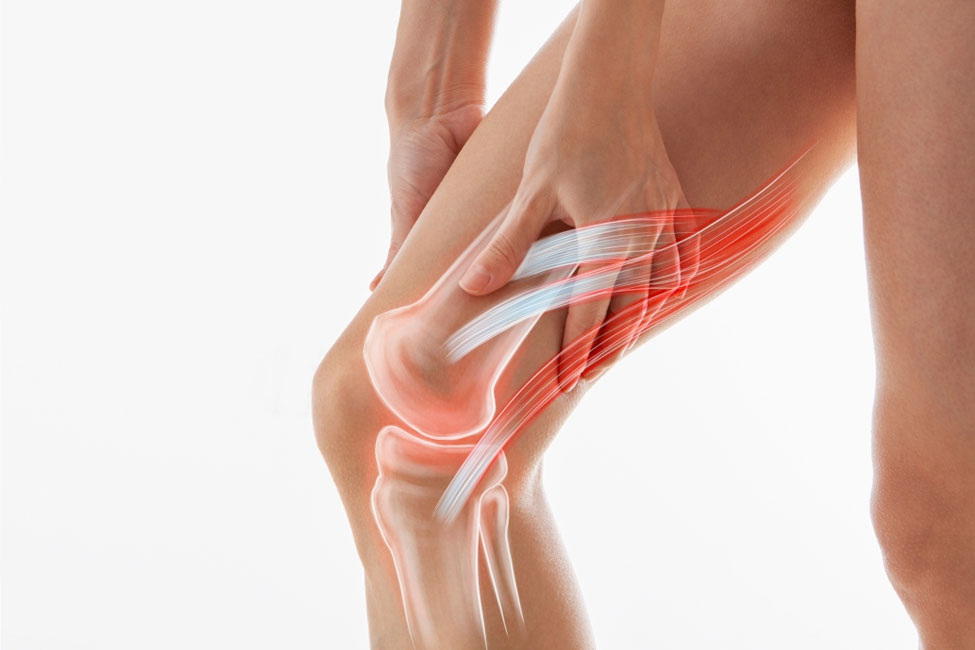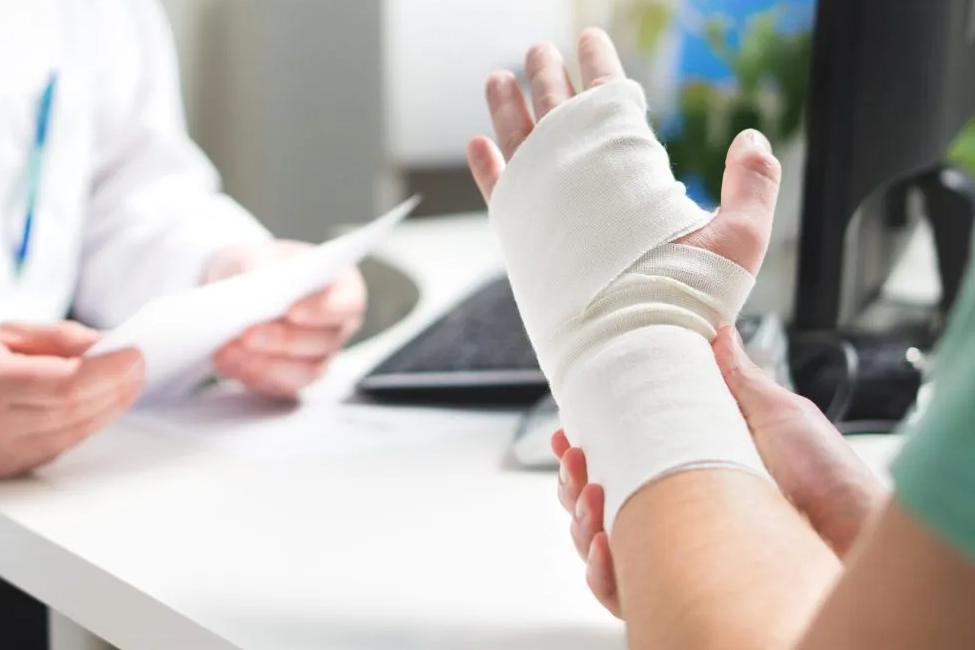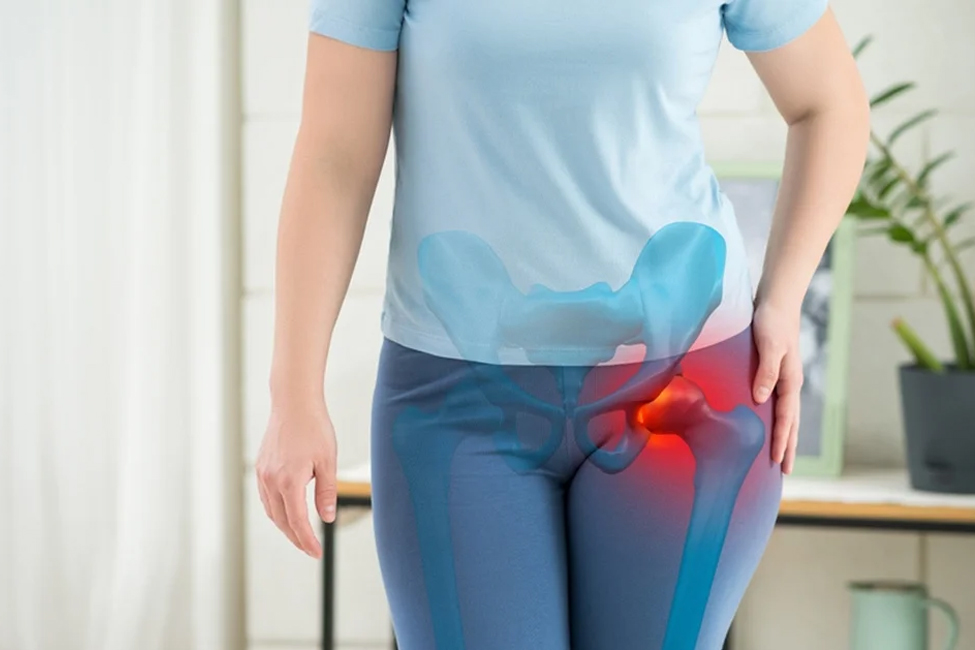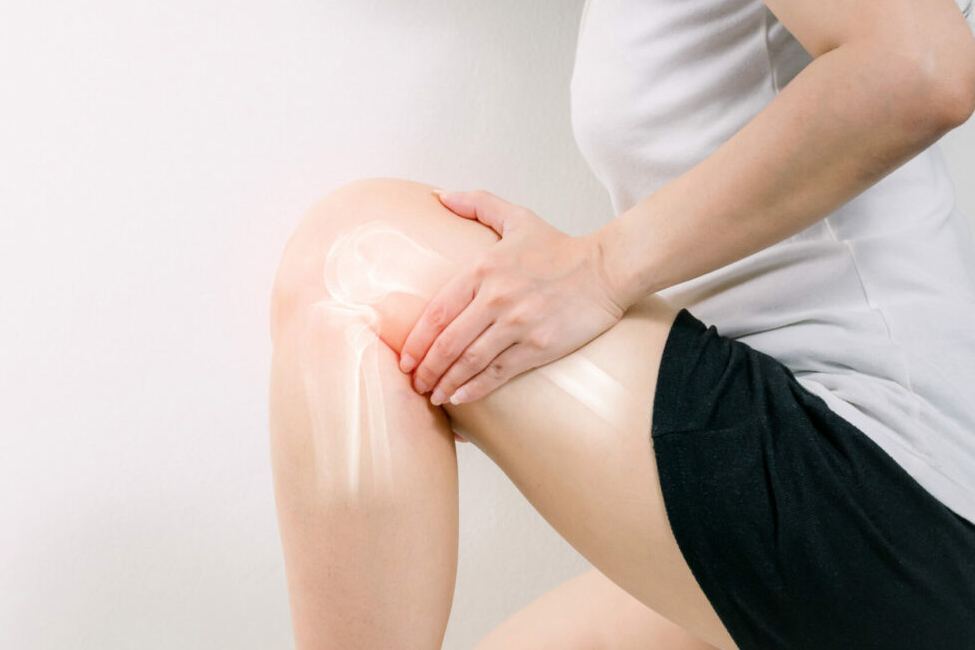Lacerations
Lacerations refer to cuts or tears in the skin that result from injury or trauma. They vary in depth and length and may cause damage to underlying tissues, such as muscles, tendons, or blood vessels. Lacerations can occur due to accidents, sharp objects, or traumatic incidents.

